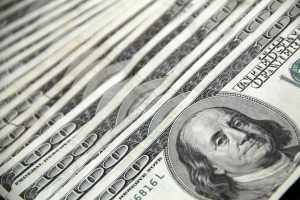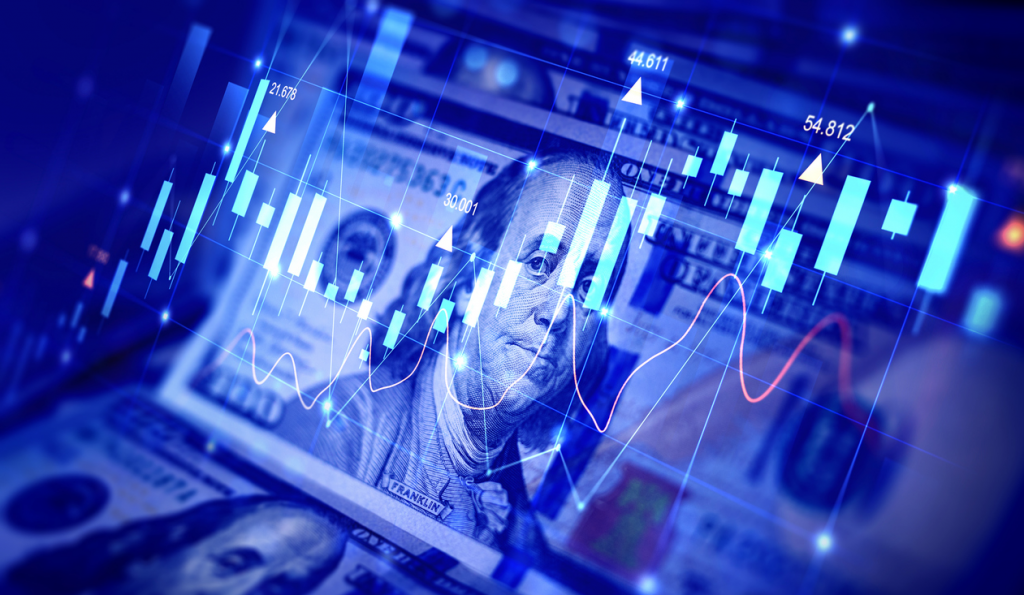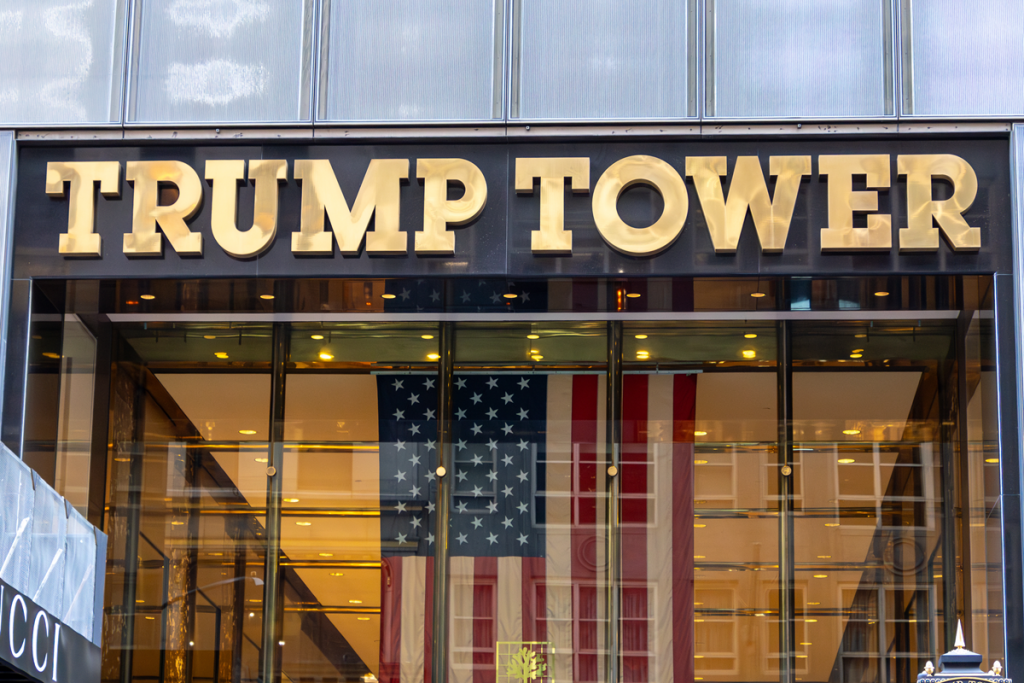Last week’s very vocal feud between US President Donald Trump and tech tycoon Elon Musk had the world watching and wondering, “Will it ever end?” The conflict quickly flared up shortly after Musk announced his departure from DOGE.
In a tit for tat display of power, each showed they could go to great lengths to galvanise the public opinion against their opponent. After torpedoing the GOP spending bill as a “disgusting abomination” on X, the Tesla owner went on to call for the president’s impeachment next, on allegations of his ties with Jeffrey Epstein.
Meanwhile, Trump took to Truth Social, where he called Musk “CRAZY”. In a statement to NBC News, the US President also said if the tech mogul starts supporting the Democrats, “he’ll have to pay consequences for that.”
Musk’s closeness to the US President became evident during the 2025 campaign. Now that their goals have clashed, Wall Street is beginning to feel the effects. Tesla reacted immediately, losing 14% by the day’s end on June 5 as the dispute heated up.
This acrimonious exchange between the two opponents revealed the core of the problem: the risk facing Musk’s companies of losing their government contracts. Tesla’s stock price was up more than 5% when the US President threw the antagonism to new territory, costing Elon Musk $34 billion because of the sharp drop in Tesla shares.
However, Tesla bulls did not lose faith in the stock’s capability to rebound. And it did. Reportedly, Tesla was expected to launch a new robotaxi service on June 12 in Austin, Texas. According to a recent post of its CEO on X, this service will “tentatively” launch on June 22 instead.
Tesla self-driving cars are not an unknown sight on Austin streets. These are test vehicles for the service and have not undergone any modifications specifically for robotaxi. The main reason for the delayed launch is the need to ensure these vehicles meet the required safety standards.
In fact, Musk – who, since last week’s meltdown, has made peace with President Trump – already followed up with a new statement by saying that the tentative date could change depending on whether new safety concerns arise or not.
This brings us to the next point: Long or short on Tesla?
Facts and figures about Tesla’s performance
Phoenixing earlier in the week, as the Trump-Musk scandal subsided and news about the Tesla robotaxi emerged, the EV stock inched 0.29% lower on Thursday. Currently sitting at $318.90, Tesla shares are well above the level they were at between March and April 2025, yet still way below $411, the level at which they were at the beginning of the year.
Tuesday witnessed a 5.7% jump in price, which is a positive sign for traders and investors who counted on Tesla’s ability to fight its way back up at the top of EV stock charts. The latest months have been tumultuous for the EV maker. In addition to Musk’s political ties, its stagnant production line, which has not released a new vehicle in years, is one of the factors accounting for the stock’s erratic behaviour.
All things considered, Tesla seems to be strengthening. Yet, only time will tell if this trend is sustainable. The upcoming PPI release and jobless claims will provide a clearer idea about inflation, and if things are well in motion for the EV sector and Tesla.
According to Car Edge, Tesla’s estimated market share of US EV sales tanked from 75% in 2022 to below 45% in the first quarter of 2025. This losing streak follows a broader global pattern of the EV sector, extending to Europe and China. The 55% tariffs on Chinese rare earths, used in the production of EVs, which President Trump envisions as definitive, will likely pressure the sector’s growth further. High volatility is to be expected.
By trading Tesla CFDs with TibiGlobe, you can seize this volatility-driven opportunity and potentially reap benefits, regardless of where the market is headed.








